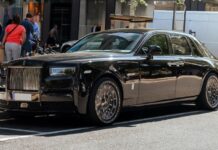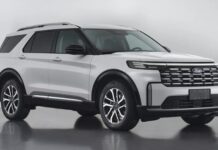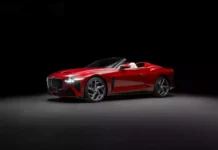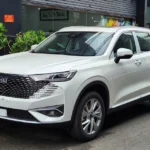Ford’s expansive global SUV lineup includes the Equator, which has recently received a mid-cycle update in China, closely following the launch of the slightly smaller Equator Sport.
This latest iteration of the three-row SUV brings a refreshed look and, for the first time, offers a plug-in hybrid powertrain.
Ford Equator Sport
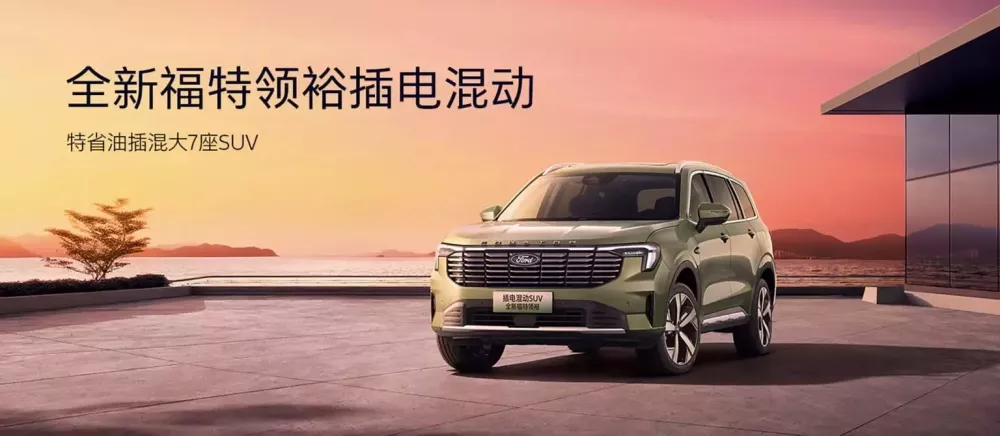
First introduced in 2021, the Equator is a product of the joint venture between Ford and Jiangling Motors Corporation (JMC) and was designed at the Ford China Design Center in Shanghai.
According to Blue Oval designers, the style refresh draws inspiration from the growing trend of Chinese families camping outdoors, leading to the SUV’s so-called “vacation style” aesthetic. This explanation seems a bit forced, but they appear to be aiming for a more adventurous image.
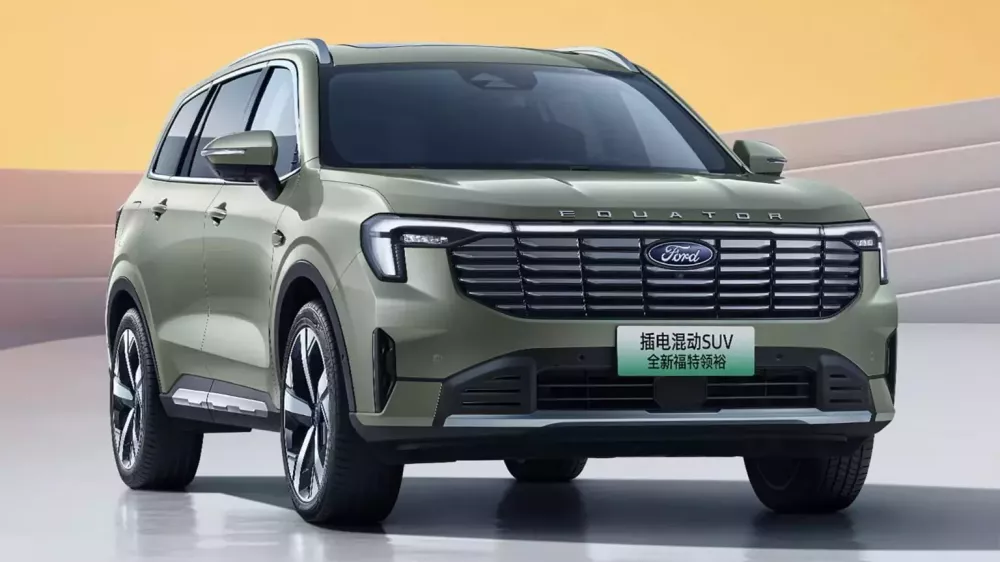
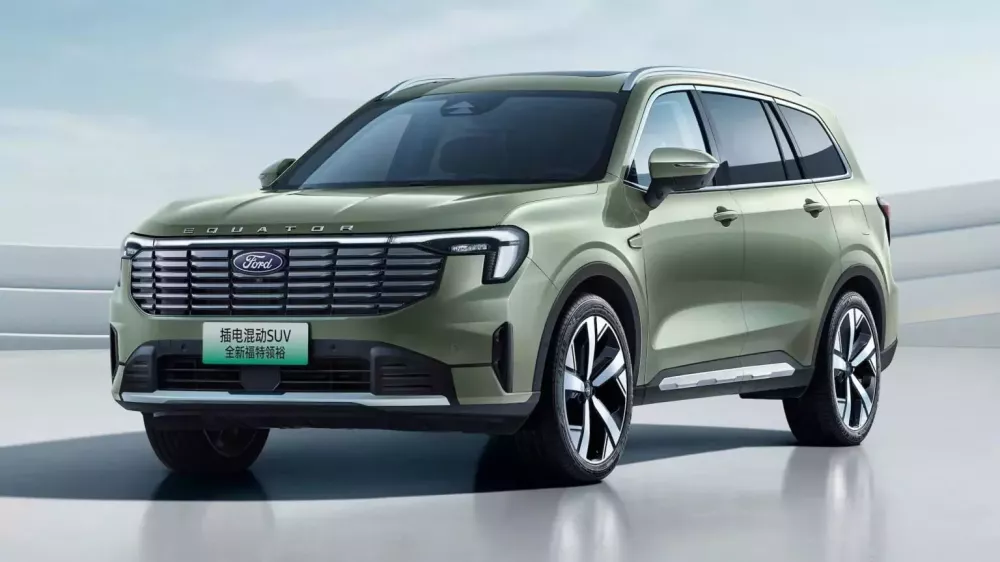
However, the most significant change is the redesigned front end, featuring a wider grille, new LED headlights, and thinner air intakes on the bumper. The new face makes it easier to distinguish the Equator from the Equator Sport, which was an issue with the previous design. The overall shape remains almost identical, although it now sports new 20-inch Cyclone alloy wheels and a new “nature-inspired” color palette.
At the rear, highlights include thinner LED taillights with animated graphics and a full-width light bar integrating the Equator lettering. Due to the redesigned bumper, the SUV’s length has increased by 15 mm, stretching to 4,920 mm.
Inside, the Equator retains the dual-screen digital cockpit of its predecessor, featuring 12.3-inch displays, which are less impressive than the 27-inch screens found in Changan-Ford joint venture products.
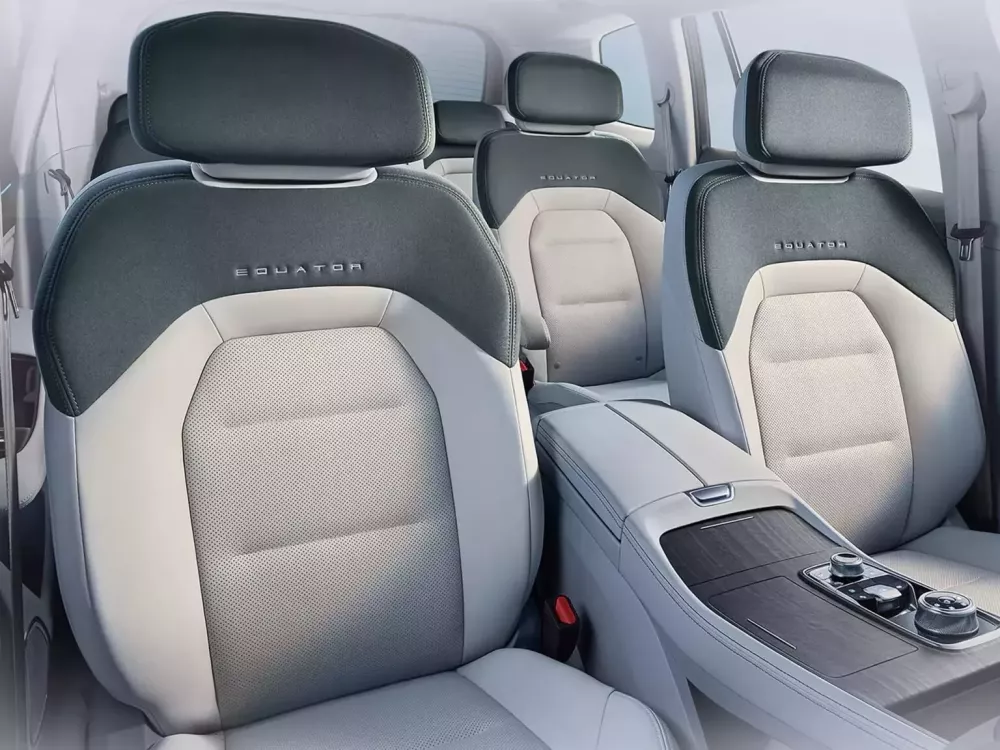
However, there is a new design for the front seats, coupled with individual second-row seats with reclining backrests and a traditional third-row bench. Buyers can choose between dark and light interior themes, featuring Dinamica suede upholstery and wood grain inserts.
One of the biggest changes lies under the hood, where the updated Equator replaces the old non-electrified 2.0-liter gasoline engine with a plug-in hybrid powertrain. The new setup combines a 1.5-liter turbocharged engine with an electric motor and an 18.4 kWh battery.
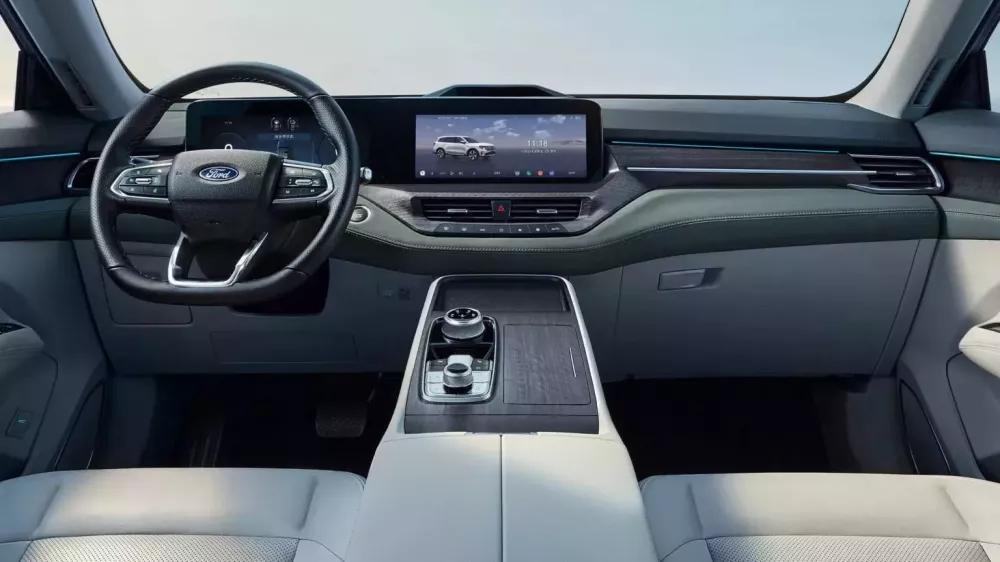
This system delivers a combined output of 362 horsepower and 555 Nm of torque, more than what was initially disclosed in Chinese MIIT documents.
The CATL-sourced lithium iron phosphate battery provides a CLTC-rated all-electric range of up to 110 km, extending the combined range to 1,205 km. When connected to a fast charger, the battery can charge from 30 to 80% in just 14 minutes. It is also compatible with bidirectional charging, serving as a power source for devices and appliances.


